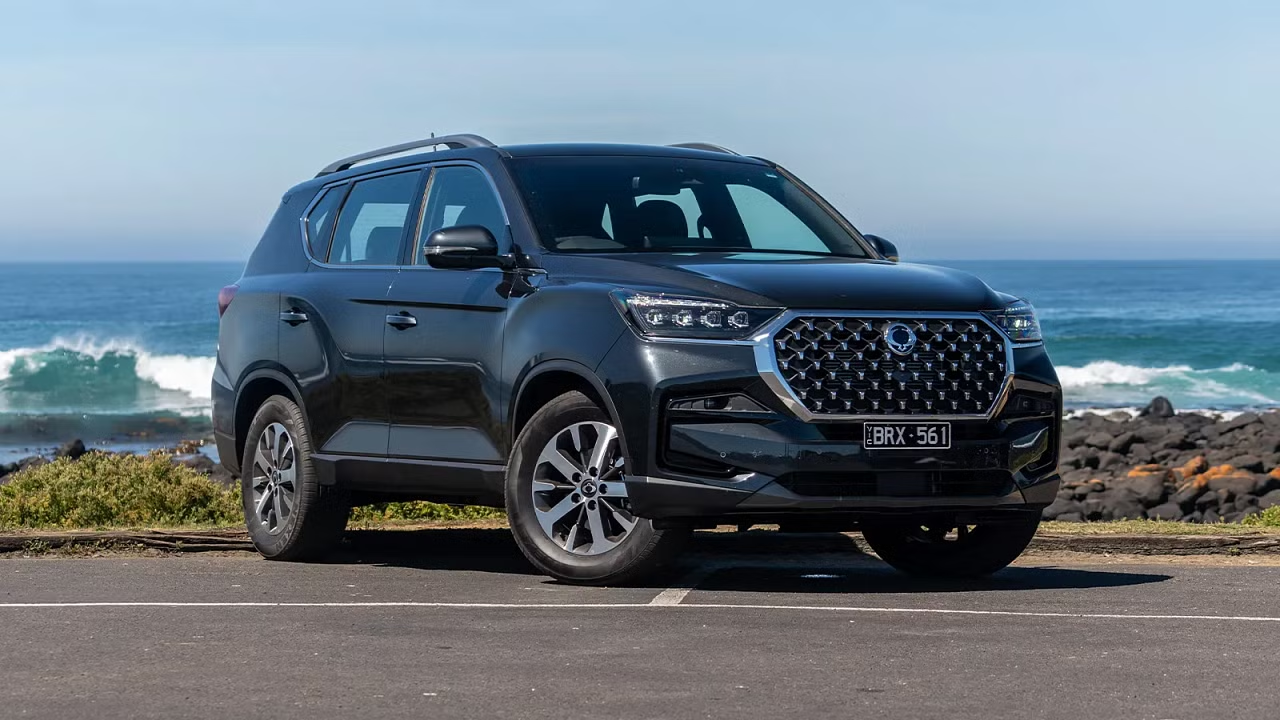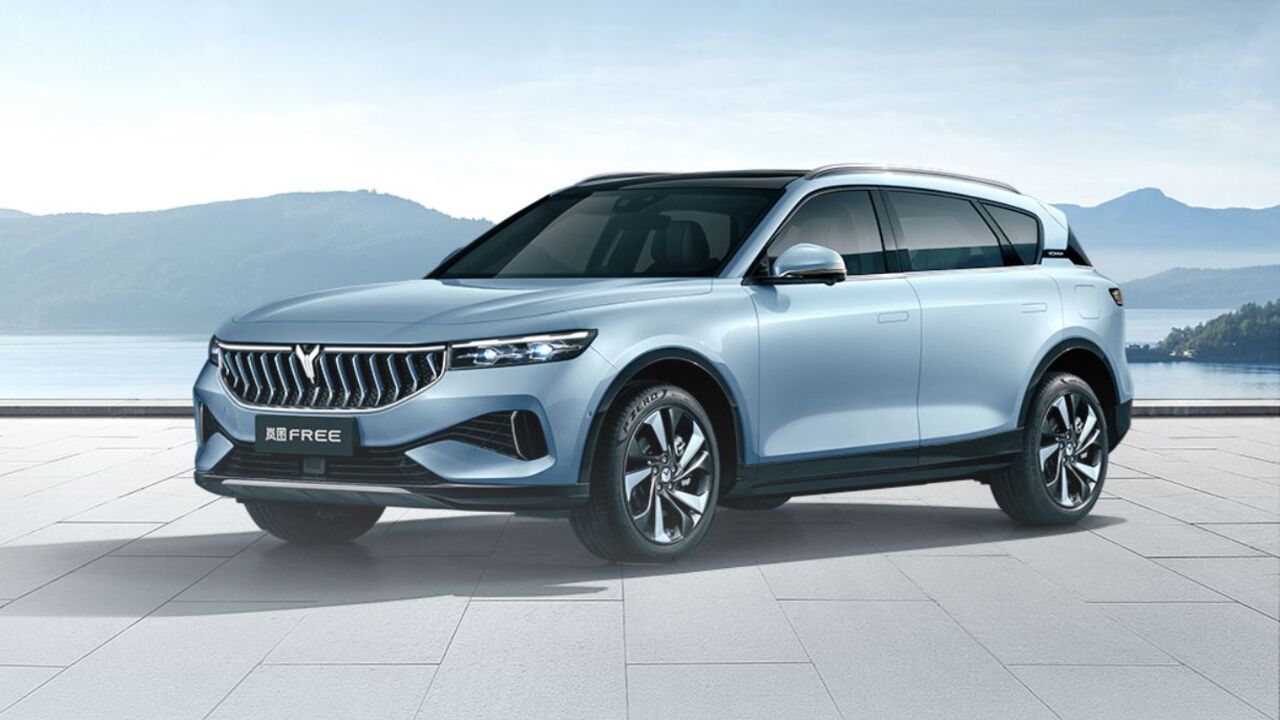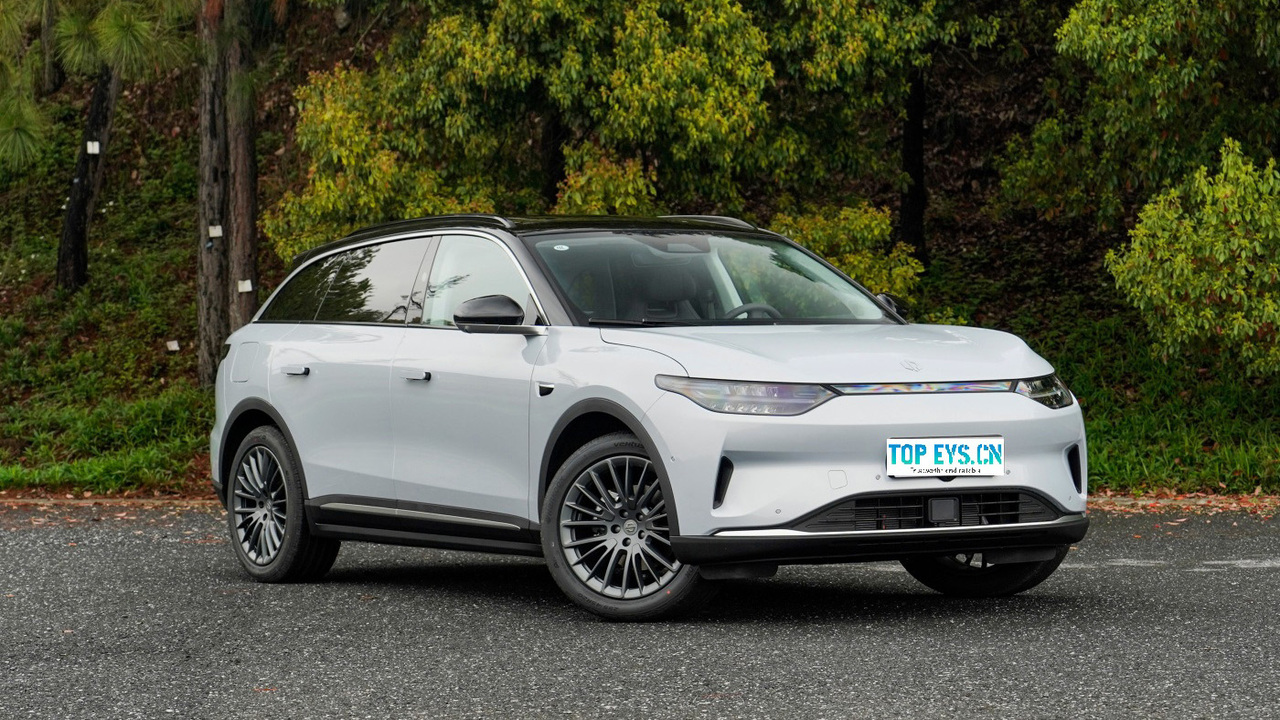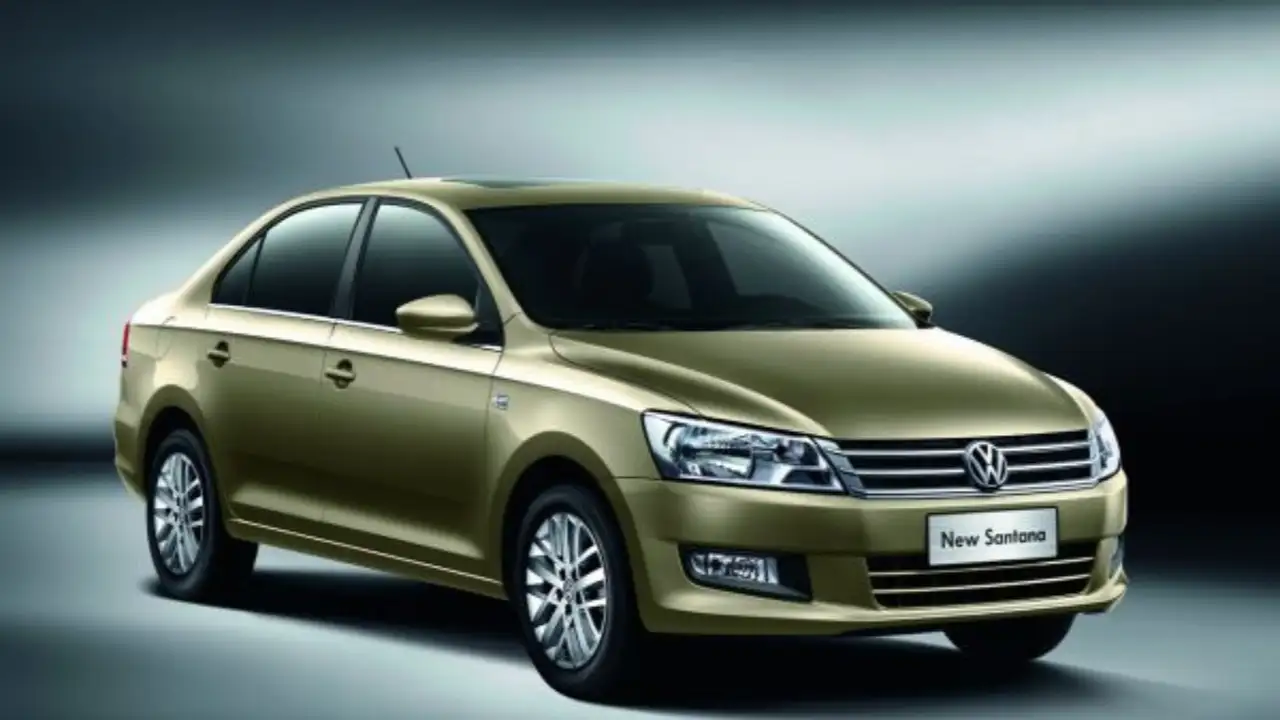SsangYong Motors, the South Korean automobile manufacturer, is once again in the midst of ownership uncertainty, casting a cloud over its future. Known for its SUVs and rugged vehicles, the brand has faced multiple ownership challenges in recent years, with financial instability and shifting corporate allegiances complicating its path forward. Despite its potential and strong market presence in certain regions, the company’s struggles with ownership continue to pose a significant hurdle in its efforts to regain stability and market relevance.
A Brief History of SsangYong’s Ownership Struggles
SsangYong Motors, founded in 1954, has experienced its fair share of ups and downs in the automotive industry. The company gained international recognition for producing rugged SUVs, including the Korando, Rexton, and Tivoli. However, despite its reputation for building durable and off-road capable vehicles, SsangYong has long struggled to compete with larger, more financially secure global automakers.
Ownership issues have plagued the company for many years. In 2010, it was acquired by the Indian conglomerate Mahindra & Mahindra, which aimed to expand its footprint in the global automotive market. However, despite initial optimism, Mahindra was unable to turn around SsangYong’s financial struggles. In 2020, Mahindra & Mahindra was forced to sell its stake in SsangYong due to ongoing losses and mounting debt. This sale led to the company being placed under court receivership, further deepening its financial crisis.
In 2021, the Chinese automaker, Zhejiang Youngman Lotus Automobile, expressed interest in acquiring SsangYong, raising hopes for a potential revival. However, as negotiations faltered, uncertainty continued to surround the brand’s future. Fast forward to 2025, and SsangYong Motors is once again grappling with ownership ambiguity, leaving industry watchers and loyal customers wondering what comes next for the iconic brand.
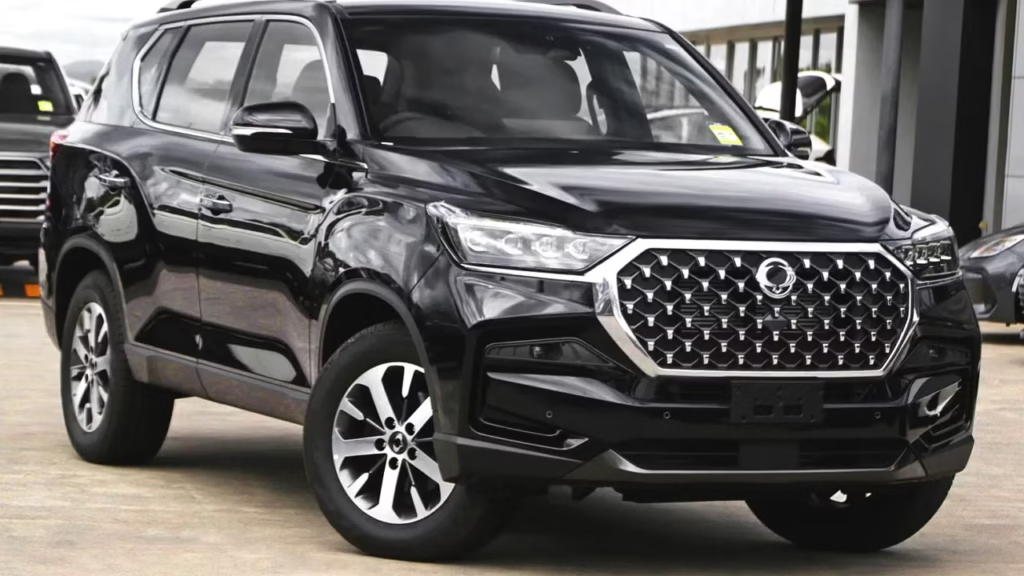
Current Ownership and the Uncertainty Ahead
As of now, SsangYong’s ownership situation remains in flux. While the company has undergone multiple attempts at restructuring and rebranding, it has yet to find a stable and sustainable ownership structure. The lack of clear leadership and financial stability has made it difficult for the brand to invest in new technologies, revamp its product lineup, and gain the trust of consumers.
The uncertainty surrounding ownership also affects the company’s ability to attract investors or establish meaningful partnerships. Without a firm commitment from a reliable parent company, SsangYong faces ongoing challenges in securing the resources needed to stay competitive in the global automotive market. The lack of clarity about its future has undoubtedly hindered its efforts to expand into new markets and appeal to modern consumers who are increasingly looking for innovation, reliability, and sustainability.
Challenges in the Global Automotive Market
In an industry that is rapidly evolving, automakers must be able to adapt to shifting trends and consumer demands. Electric vehicles (EVs), autonomous driving technology, and a focus on sustainability have redefined the automotive landscape in recent years. However, SsangYong’s inability to secure a stable ownership structure has made it difficult for the brand to keep pace with these trends.
While competitors like Hyundai, Kia, and even global giants such as Toyota and Volkswagen are investing heavily in EV technology and sustainable mobility, SsangYong has struggled to make significant strides in these areas. Without the necessary resources and strategic direction, the company has found it difficult to develop a comprehensive electric vehicle lineup or introduce innovative technologies that could give it a competitive edge.
Furthermore, SsangYong’s traditional focus on rugged, off-road vehicles may limit its ability to capture the growing demand for compact, eco-friendly vehicles. While there remains a niche market for tough, adventure-ready SUVs, the future of the automotive industry is increasingly shifting toward sustainability and electrification. SsangYong’s ability to pivot and embrace these new trends is crucial if it hopes to remain relevant in an ever-changing market.
Brand Reputation and Consumer Confidence
The ongoing ownership uncertainty has also taken a toll on SsangYong’s brand reputation. As a company that has struggled with financial instability and ownership changes, consumers may be hesitant to invest in its vehicles. The lack of clarity around the company’s future ownership raises concerns about the long-term viability of the brand and its ability to provide after-sales support and warranty services.
In a market where consumers are looking for stability and reliability in their car purchases, SsangYong’s inconsistent leadership could deter potential buyers. Building consumer confidence is crucial, especially when competing against well-established brands that offer a sense of security and trust. Until the ownership situation is resolved, SsangYong may find it difficult to regain the loyalty of its existing customer base, let alone attract new customers.
What’s Next for SsangYong Motors?
The road ahead for SsangYong Motors is uncertain, but it is not without hope. Despite its challenges, the brand still has valuable assets in its product portfolio, particularly its rugged SUVs, which have carved out a niche in markets like India and parts of Europe. With the right strategic direction and stable ownership, SsangYong could once again find a way to thrive in the global automotive market.
One possible path forward would be for the company to secure a strong, long-term investor or partner that can provide the financial backing and resources necessary for the brand to innovate and grow. With the increasing importance of electric mobility, SsangYong could focus on developing an electric SUV lineup to compete in the growing EV segment. The company’s established reputation for building durable, adventure-ready vehicles could serve as a solid foundation for such a transition.
Additionally, a strong focus on design, technology, and sustainability could help SsangYong differentiate itself from its competitors. Revamping its image and repositioning itself as a forward-thinking, eco-conscious brand could attract a new generation of car buyers who value both performance and environmental responsibility.
Conclusion: Stability is Key for SsangYong’s Future
The ongoing ownership uncertainty continues to hinder SsangYong Motors’ ability to thrive in the highly competitive global automotive industry. As the company faces mounting challenges in securing stable leadership and adapting to new automotive trends, its future remains in jeopardy. However, with the right investment and strategic partnerships, SsangYong could still find a way to reinvent itself and regain its position as a respected brand in the global market.
In the end, stability in ownership and a clear vision for the future will be the key factors determining whether SsangYong Motors can overcome its current predicament and emerge as a successful player in the evolving automotive landscape.
